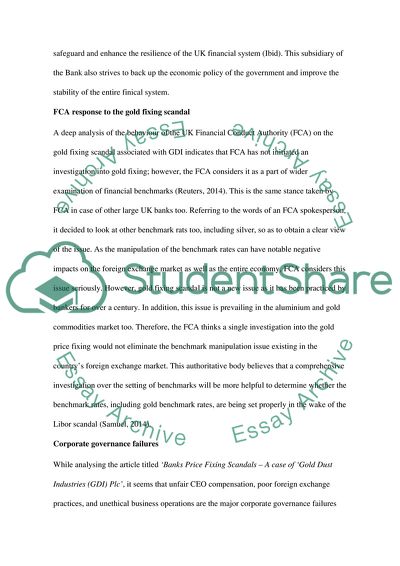Cite this document
(Case study Example | Topics and Well Written Essays - 2750 words, n.d.)
Case study Example | Topics and Well Written Essays - 2750 words. https://studentshare.org/finance-accounting/1826950-case-study
Case study Example | Topics and Well Written Essays - 2750 words. https://studentshare.org/finance-accounting/1826950-case-study
(Case Study Example | Topics and Well Written Essays - 2750 Words)
Case Study Example | Topics and Well Written Essays - 2750 Words. https://studentshare.org/finance-accounting/1826950-case-study.
Case Study Example | Topics and Well Written Essays - 2750 Words. https://studentshare.org/finance-accounting/1826950-case-study.
“Case Study Example | Topics and Well Written Essays - 2750 Words”. https://studentshare.org/finance-accounting/1826950-case-study.


